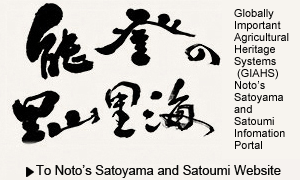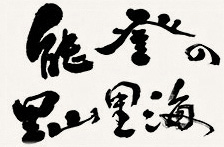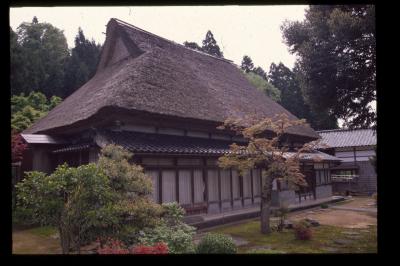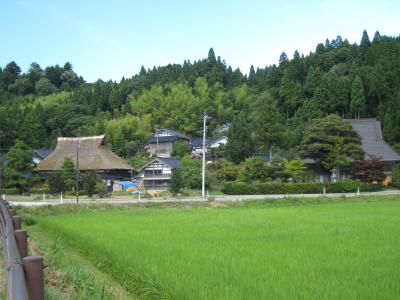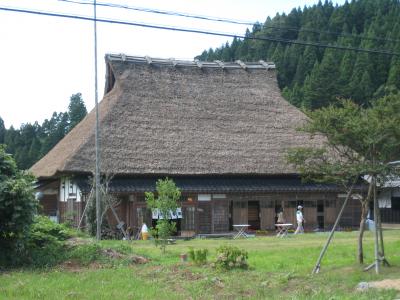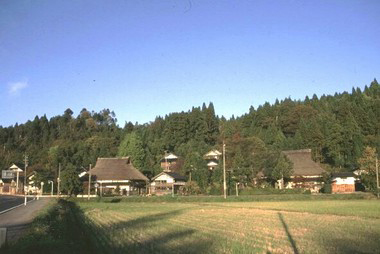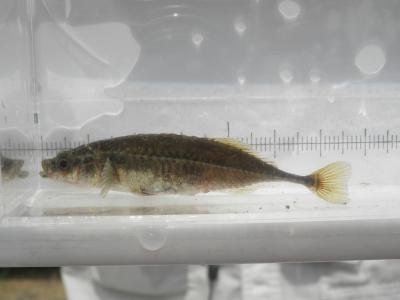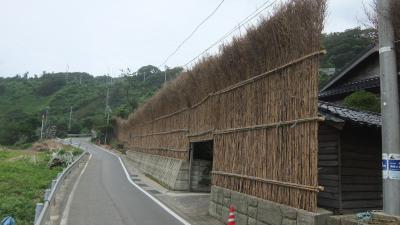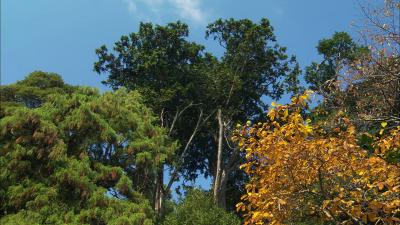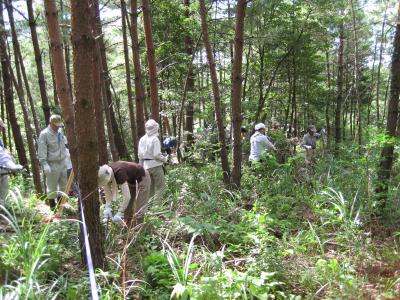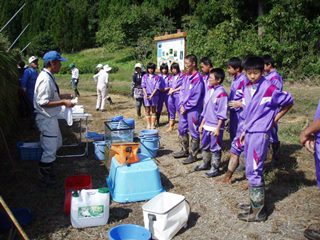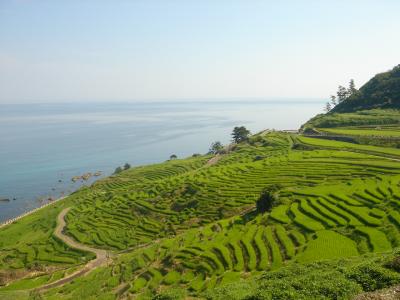
Name
Thatched-Roofed Houses
Address
Suzu City; Mii-machi, Wajima City; Noto Town
Category
Natural landscape
Class
Rural landscape
Comment
The rows of thatched-roofed houses evoke the simple, rural life, and are part of an idyllic landscape that holds a special place in the hearts of Japanese people. The plant used for thatching is generically called kaya. In Japan, Susuki grass, common reed, cogon grass and rice straw are the main plants that have been used for thatching. Kaya is harvested during the season when plants wither, and then left to dry well until the spring, when it is finally used. The cultivation and use of kaya can be called an example of people’s symbiotic relationship with nature, as the agrarian and riparian environment is preserved, and kaya is returned to the soil in the end. Thatching has been done as communal work under the yui system, with the more skilled thatchers in charge of parts of the roof that require more meticulous work. Thus, thatching has served as a tool to bring community members together. Postwar economic growth has brought about a dramatic decrease in the number of thatched-roofed houses. In Noto, however, one can still find those traditional roofs that take you back to the good old days. In Mii-machi, Wajima City, there is still a Satoyama landscape characterized by a series of houses, storehouses and barns with thatched-roofs at the foot of a mountain. The former Fukushima residence is now a farmhouse minshuku. The roadside Mii-no-sato is a relocated thatched-roofed house that is used as a resting place or meeting place for local residents. Visitors can go inside and see the old and sooty, simple framework that gives the structure its strength and beauty. The Shoya-no-yakata restaurant in Suzu City, and the Gorokuan resting place in Noto Town’s Yanagida Botanical Gardens also have thatched-roofs.
Views
Access number:12345

